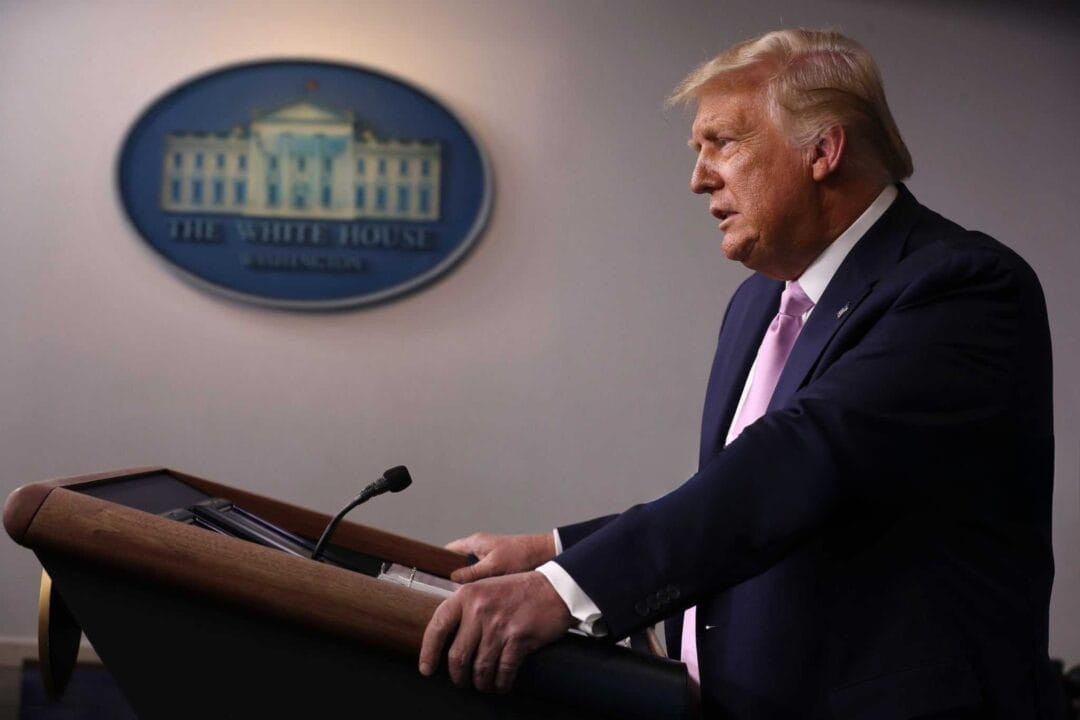For the latest chapter in the saga involving rates under the Trump administration, the US recently announced the trade barriers to the neighbors, Canada and Mexico, as well as China and India just to drive back days later. This decision sent shockwaves through markets and logistics networks.
So let us look closer to why and at what costs?
Rates to or off: strategy or chaos?
Chaos arose when President Trump declared a 25 percent rate of all imports from Canada and Mexico, citing national security and border problems. Markets immediately responded sharply, and US trading partners quickly threatened countermeasures.
Within days, the administration has padded back and claims that diplomatic “progress” was made. China, one of Trump’s most important tariff goals, was traced back in the trade war narrative, as reports on possible new rates appeared, only for officials to soften their attitude, and indicate that they continue with the continued trade negotiations. India also found himself in the cross of Washington when they reinstated the rates on the most important Indian exports, despite earlier indications of a friendlier trading relationship. This unpredictable approach has made affected businesses, trying to find out whether to redirect consignments, hold the import or hold orders before rates can come into effect.
So what drives this instability?
Here are some possibilities:
Leverage: The tariff threats were perhaps a bargaining tactic to print Canada, Mexico and India in trading institutions or stricter trading agreements. An economic reality control: The rates have done serious damage to US industries that relied on global supply chains such as car manufacturers, technical firms and retailers. It forced a quick turnaround. Political Theater: Of course, with elections going on, Trump’s Toughon-Trade attitude is calling on his basis. However, the economic damage of rates has so far forced retreats.
Wall Street’s wild ride
Markets thrive on predictability, and this tariff role in sprays volatility in the financial system. With the Nasdaq falling more than percentage, and the S&P 500 fell by 2 percent on a single day, investors either sold or struggled to make it all. Trump’s reluctance to exclude a recession added only fuel and sent shares into a downward spiral. Even safe assets such as gold have seen dramatic fluctuations.
What does all this mean for air freight?
Rate uncertainty has real, immediate consequences. Each new tariff threat sends businesses that shed the shedding of the shipping and throwing established cargo roads into chaos. These sudden reversals make long -term logistics planning of a nightmare. In times like these companies, it also tries goods before the possible rates, which temporarily increase the demand for air freight, only to see that it drops as the policy shifts again.
Traditional trading partners are actively trying to protect their economies by diversifying trade relationships and diversifying the reliance on US markets. Canada and Mexico expressed deeply frustration over the unpredictability of Washington. In Canada, the recent appointment of Mark Carney as the new leader led to more trade tensions with the US, and he plans to again maintain retaliation tariffs on US goods until the US is re -released.
China has reduced the latest tariff threats of the US, but exporters adapt proactively by moving supply chains to Europe and Southeast Asia to reduce the risks associated with US rates. India was recently blinded by US decision to recall trade privileges and gave an indication of intentions to acquire stronger trade ties with alternative partners, including the European Union (EU) and the Assian Asian Society (ASEAN). Europe has also warned that US volatile trading policy is undermining global business confidence, forcing European firms to seek alternative procurement and production strategies.
The concern of the EU stems from the need to maintain stable trade relations and protect their economies from the ripple bonds of US trade unpredictability.
How can the industry navigate this uncertainty?
Although we cannot confirm Trump’s back and forth when it comes to rates, a deliberate negotiating tactic is, but the result is very real. Businesses, investors and logistics operators are left to adapt to the shifting policy, which makes long -term planning anything but impossible. In the air freight industry, where predictability is king, this level of uncertainty will be unsustainable.


